 Sunset from the Bridge. Sebastian Inlet. December 9, .. 5:09 pm
Sunset from the Bridge. Sebastian Inlet. December 9, .. 5:09 pm Sunset from the Bridge. Sebastian Inlet. December 9, .. 5:21 pm
Sunset from the Bridge. Sebastian Inlet. December 9, .. 5:21 pm(The Zoom was at it's full 7x capability)
There's somebody out there for everybody. You just have to wait for god to bring them into your life.
 Sunset from the Bridge. Sebastian Inlet. December 9, .. 5:09 pm
Sunset from the Bridge. Sebastian Inlet. December 9, .. 5:09 pm Sunset from the Bridge. Sebastian Inlet. December 9, .. 5:21 pm
Sunset from the Bridge. Sebastian Inlet. December 9, .. 5:21 pm The Map: To be honest, I don't think there will be any genealogical treasures within, but it is labeled "Cards, Letters, Misc" and the lord only knows what is included in miscellaneous! So, I'll sort through everything to see what I have and determine whether it should be kept or if it should be discarded. I can only hope that it will contain something worthy of sharing!
The Map: To be honest, I don't think there will be any genealogical treasures within, but it is labeled "Cards, Letters, Misc" and the lord only knows what is included in miscellaneous! So, I'll sort through everything to see what I have and determine whether it should be kept or if it should be discarded. I can only hope that it will contain something worthy of sharing! No joke, layersix is a Brooks-Range Cirro.The Midi upper station Loo, 2am, Feb .60g of Primaloft One and 2 layers of Pertex areenough to make a stark difference when it is cold.
No joke, layersix is a Brooks-Range Cirro.The Midi upper station Loo, 2am, Feb .60g of Primaloft One and 2 layers of Pertex areenough to make a stark difference when it is cold.


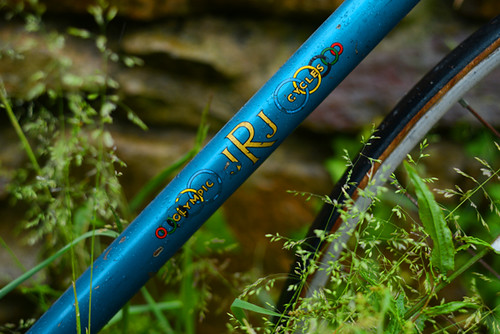
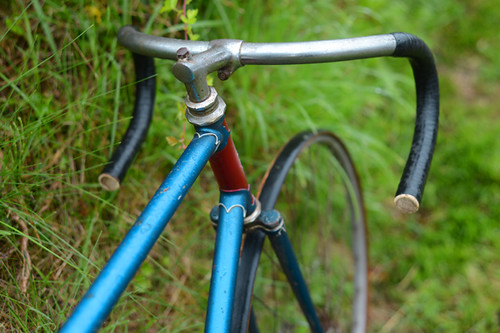
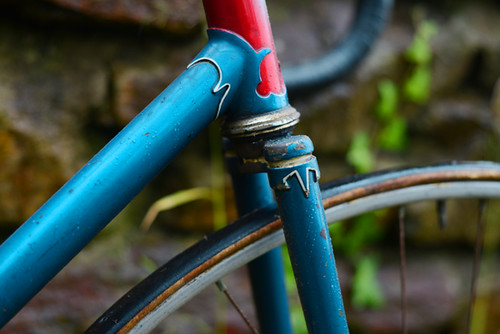

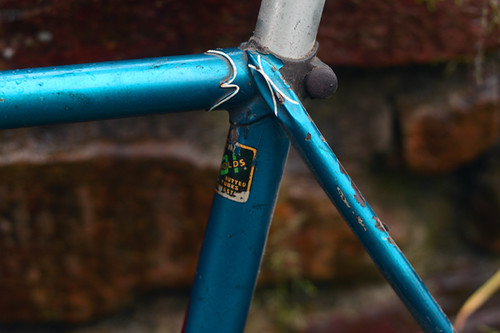

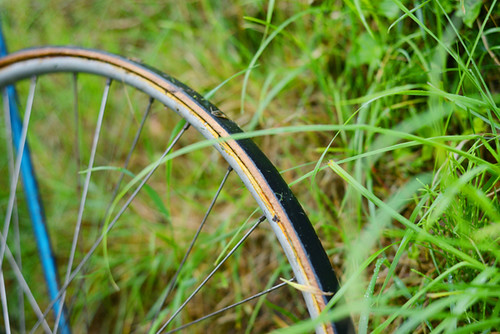
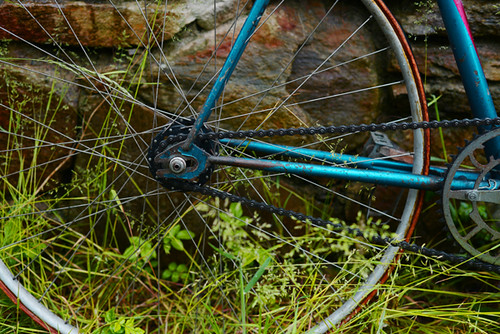

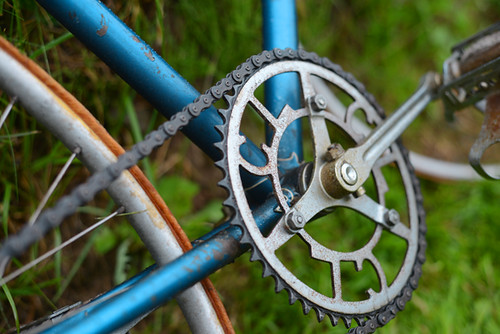
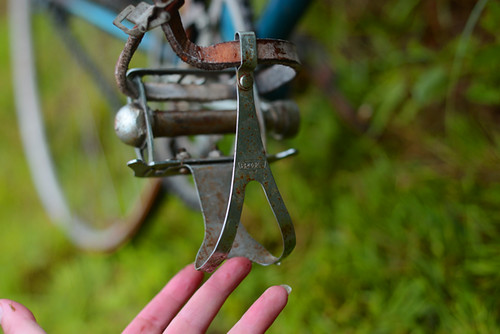
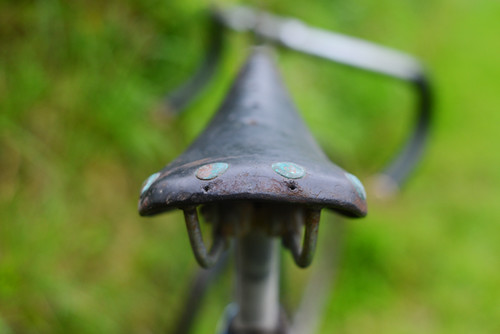
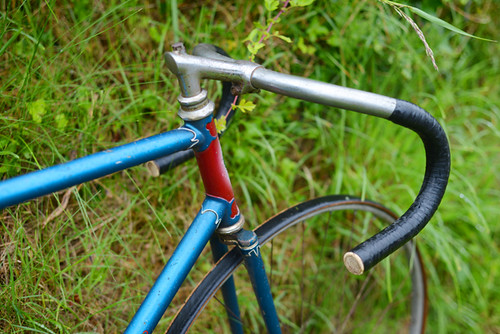
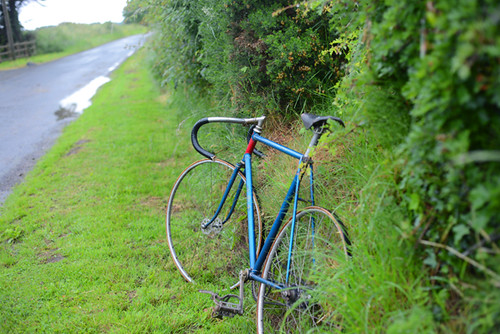
 Yesterday was an absolutely perfect day in Boston. Co-Habitant rode his newly accessorised Miles.
Yesterday was an absolutely perfect day in Boston. Co-Habitant rode his newly accessorised Miles. These were all taken on the Charles River path. So beautiful!
These were all taken on the Charles River path. So beautiful! Brooks Flyer saddle in honey, shellacked cork handlebar tape, Crane bell, Continental 27" tires, Pletscher rear rack, and old "deconstructed" handlebar bag. Still needs fenders.
Brooks Flyer saddle in honey, shellacked cork handlebar tape, Crane bell, Continental 27" tires, Pletscher rear rack, and old "deconstructed" handlebar bag. Still needs fenders. Though fate has been such that I've spent most of my life in cities and suburbs, I have always been drawn to rural areas. When I first started working after grad school, I finally got my wish and lived in the rural North for two years - but for logistical reasons this could not last, and we subsequently moved to Boston. Still, I continue to dream of long country roads, of creaky farm houses surrounded by unruly gardens, of moody seascapes with not a housing development in sight, and of miles of dense forest stretching as far as the eye can see. This is probably what drives my interest in touring, and I use my bike to get out of the city every chance I get.
Though fate has been such that I've spent most of my life in cities and suburbs, I have always been drawn to rural areas. When I first started working after grad school, I finally got my wish and lived in the rural North for two years - but for logistical reasons this could not last, and we subsequently moved to Boston. Still, I continue to dream of long country roads, of creaky farm houses surrounded by unruly gardens, of moody seascapes with not a housing development in sight, and of miles of dense forest stretching as far as the eye can see. This is probably what drives my interest in touring, and I use my bike to get out of the city every chance I get. On Memorial Day we rode through the hilly country roads of Lexington, Lincoln and Concord. It is so nice there, that my rural fantasies flared up again big-time. Oh to wake up in my farmhouse (modestly sized, white clapboard, mansard roof), get the bike out of the barn, and cycle 20+ miles along a pastoral landscape to the nearest town on errands... I get overwhelmed just thinking about it!
On Memorial Day we rode through the hilly country roads of Lexington, Lincoln and Concord. It is so nice there, that my rural fantasies flared up again big-time. Oh to wake up in my farmhouse (modestly sized, white clapboard, mansard roof), get the bike out of the barn, and cycle 20+ miles along a pastoral landscape to the nearest town on errands... I get overwhelmed just thinking about it! But how realistic is cycling for transportation in a rural area? According to the Co-Habitant, my dreams will be crushed by harsh reality if I actually get what I want. He reminds me how far away everything is from everything else. He reminds me that in Northern New England winter can last from mid-November till April and in many areas it is impossible to get around without an all-wheel drive motor vehicle. He reminds me that cars do not uphold the speed limit on those picturesque winding rural roads, and points out that narrow road + blind turns + trucks speeding along at 60mph = bad news for cyclists. Plus, when it gets dark in the countryside, it gets really dark - pitch black! Will I be able to deal with that?
But how realistic is cycling for transportation in a rural area? According to the Co-Habitant, my dreams will be crushed by harsh reality if I actually get what I want. He reminds me how far away everything is from everything else. He reminds me that in Northern New England winter can last from mid-November till April and in many areas it is impossible to get around without an all-wheel drive motor vehicle. He reminds me that cars do not uphold the speed limit on those picturesque winding rural roads, and points out that narrow road + blind turns + trucks speeding along at 60mph = bad news for cyclists. Plus, when it gets dark in the countryside, it gets really dark - pitch black! Will I be able to deal with that? I agree with all of these points if I stop to think about it. Yet, I continue to depict myself as a rural cyclist in my mental picture of the "ideal future". Is it pure fantasy? Will I be longing for the bike lanes and the urban landscape of Boston when living in my farm house in the middle of nowhere? I do wish there were more websites out there that focused on rural cycling, so that I could form a better idea of its practical aspects. The cows refused to share their honest opinion.
I agree with all of these points if I stop to think about it. Yet, I continue to depict myself as a rural cyclist in my mental picture of the "ideal future". Is it pure fantasy? Will I be longing for the bike lanes and the urban landscape of Boston when living in my farm house in the middle of nowhere? I do wish there were more websites out there that focused on rural cycling, so that I could form a better idea of its practical aspects. The cows refused to share their honest opinion.




 With this.
With this. A .. Dodge Grand Caravan with 31,000 miles on it. I wasn't overly thrilled with the color (or lack thereof), but I can live with it ;-)
A .. Dodge Grand Caravan with 31,000 miles on it. I wasn't overly thrilled with the color (or lack thereof), but I can live with it ;-) Now, why would ol' penny pincher me exchange a little fuel efficient Cavalier, which got 30 miles to the gallon, with a vehicle that will get 8-10 miles per gallon less? Oh! There's a reason. But I'm not telling just yet. For now I'll just say that an extended road trip is in the works. . . it's something that I have been wanting to do for a very long time, and that time has finally come! And the first step has been taken...
Now, why would ol' penny pincher me exchange a little fuel efficient Cavalier, which got 30 miles to the gallon, with a vehicle that will get 8-10 miles per gallon less? Oh! There's a reason. But I'm not telling just yet. For now I'll just say that an extended road trip is in the works. . . it's something that I have been wanting to do for a very long time, and that time has finally come! And the first step has been taken...
 Pashley Princess Sovereign (Eustacia Vye)
Pashley Princess Sovereign (Eustacia Vye)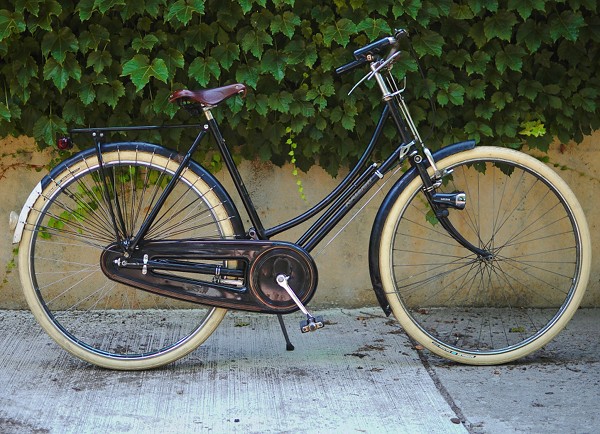 Raleigh DL-1 Lady Tourist (Velouria)
Raleigh DL-1 Lady Tourist (Velouria) Rivendell Sam Hillborne (Graham Greene)
Rivendell Sam Hillborne (Graham Greene) Mercier Mixte (Suzanne)
Mercier Mixte (Suzanne)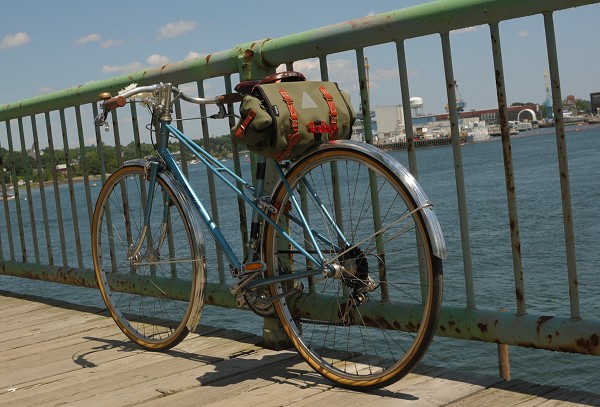 Motobecane Mirage Mixte (Marianne)
Motobecane Mirage Mixte (Marianne)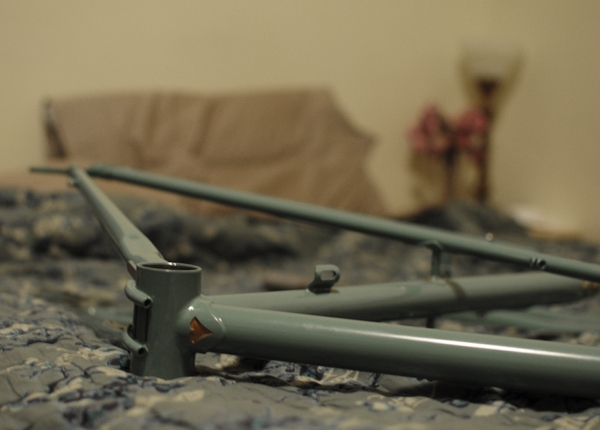 Royal H. Mixte (not yet built up or named)
Royal H. Mixte (not yet built up or named)